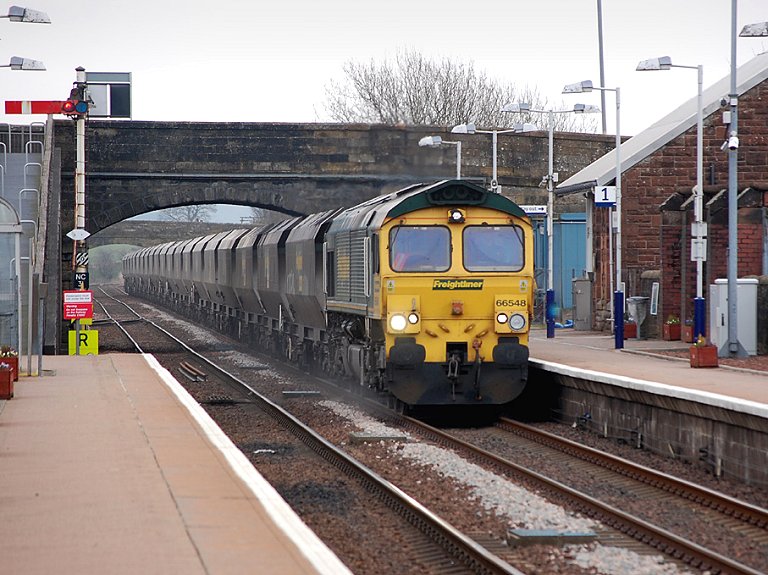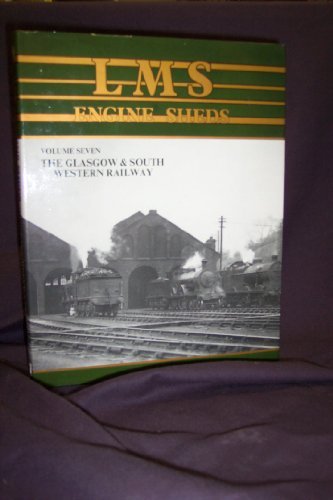The End of Ayrshire Coal
Bill Roberton
Coal has been known of and extracted in Ayrshire for hundreds of years, but commercial and industrial exploitation of the resource didn’t start until the early 19th century. Tramways and railways were soon provided to transport the fuel to harbours, ironworks and other customers. Two centuries later, the industry is all but gone, with deep mines closed just leaving some opencast operations to serve power stations and steelworks south of the Scottish border. Even the last Scottish power station, at Longannet in Fife (and closed in 2016), was supplied by imported coal.I visited and photographed surviving collieries and their railways into the 1970s. In March 2014 I was able to stay in Ayr and return to some of my old haunts to see what remained. I didn’t expect what survived of ‘coal by rail’ to end in a few years.



Still active were rail-connected bunkers at nearby New Cumnock, and Greenburn (on a branch reinstated in 2004).



Greenburn saw its last train in 2018 leaving only Killoch in 2020 supplying occasional contracts for electricity generation south of the border. Very soon, two hundred years of coal mining and railway operation will be consigned to history. I’m glad I was there to see it!










